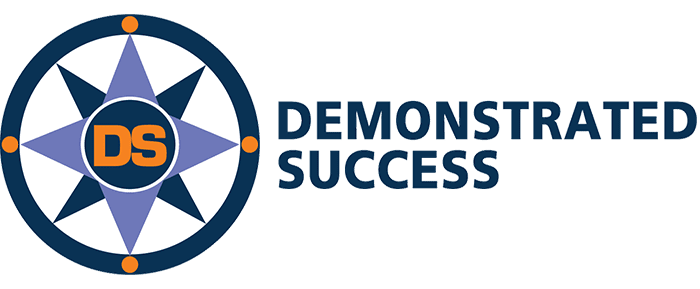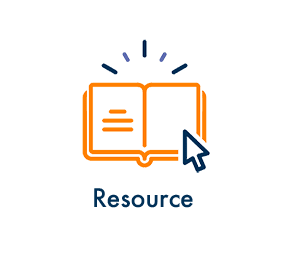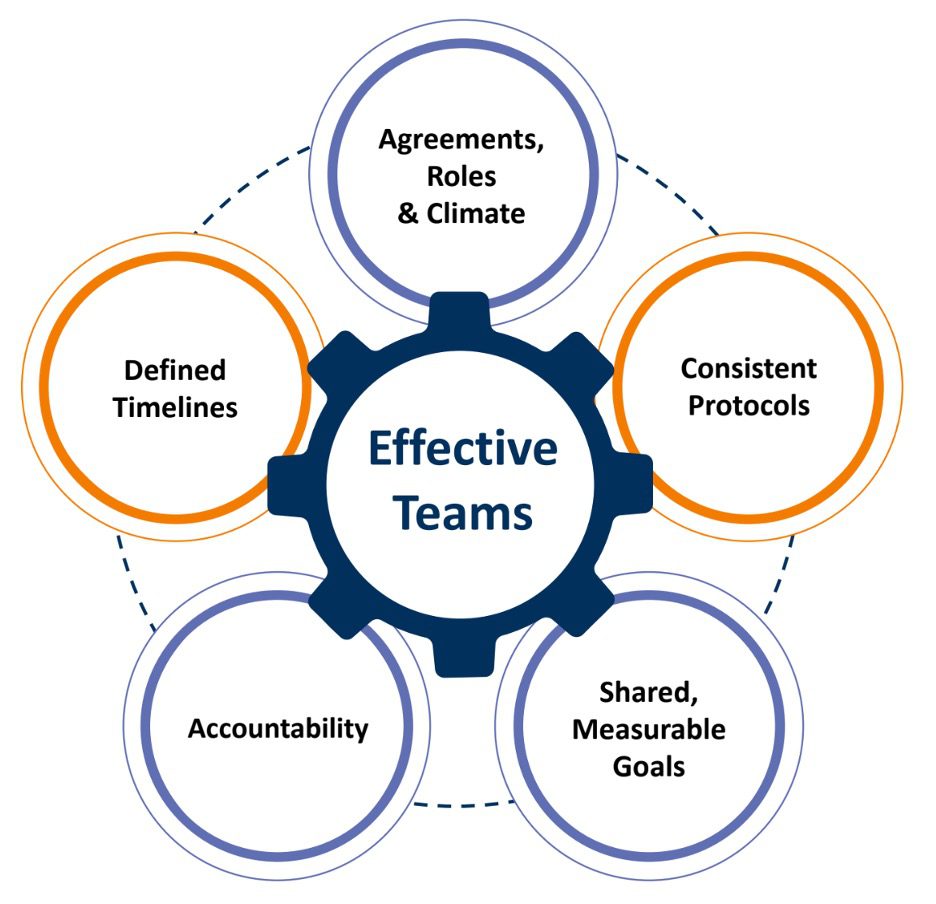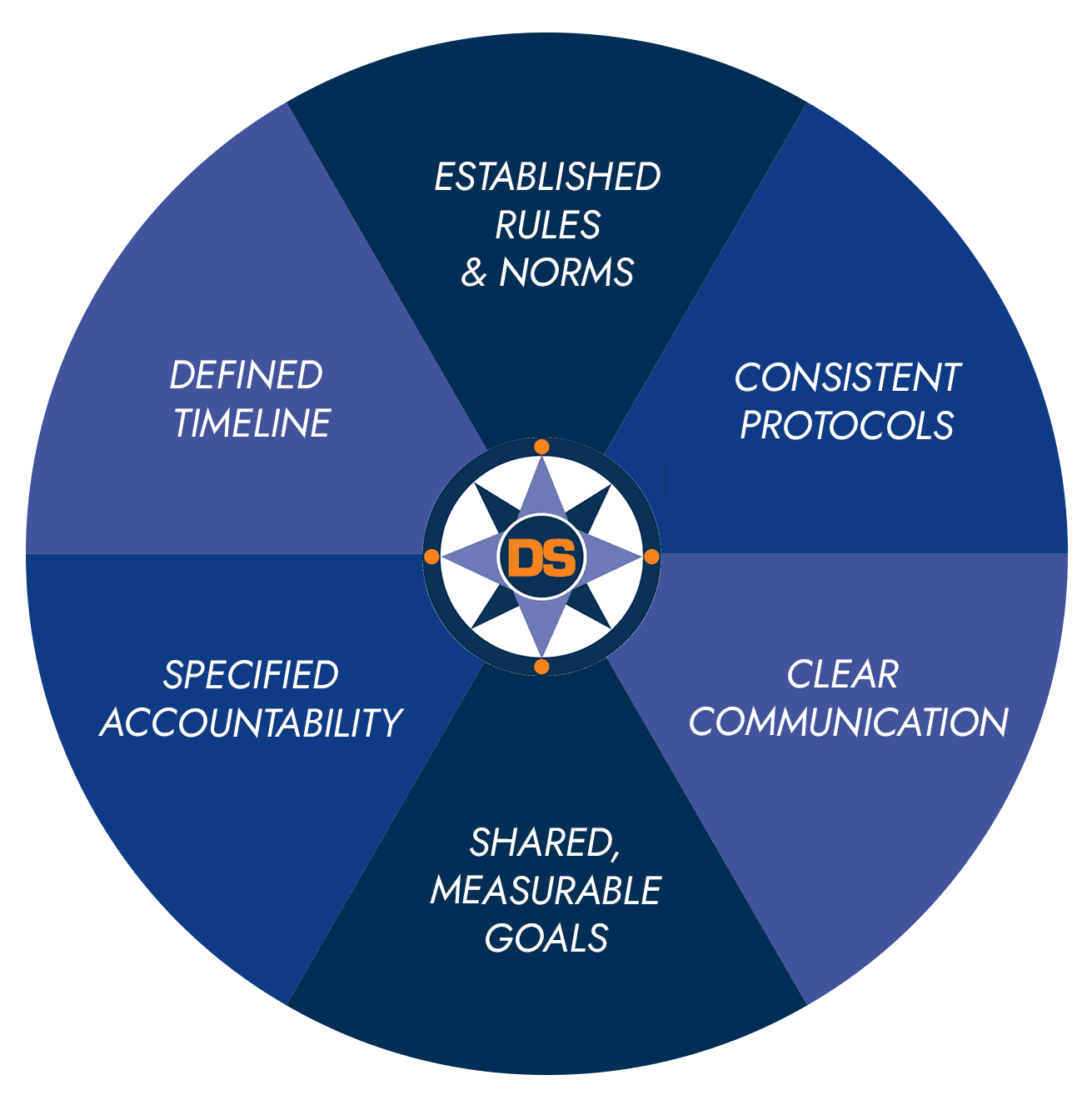Data Culture
Protocols. Teamwork. Assessment.
Data Culture
Protocols. Teamwork. Assessment.
Diving Into Data
Informing Instruction With data
It’s not about more data; it’s about the right data and how it’s used. We help school districts establish clear protocols to leverage data of all types. By using multiple-points of data and looking at trends, educators develop more accurate, holistic snapshots of student learning and can pursue measurable goals.
Diving Into Data
Informing Instruction With Data
It’s not about more data; it’s about the right data and how it’s used. We help school districts establish clear protocols to leverage data of all types. By using multiple-points of data and looking at trends, educators develop more accurate, holistic snapshots of student learning and can pursue measurable goals.
5 Phases of Data Driven Dialogue
This 5-step process outlines the essential components of an effective data dive. Looking closely at student assessment data helps educators provide more targeted instruction.

Predict the Data
Identify past experiences, preconceived ideas, and assumptions
1) What are your starting assumptions?
2) What do you predict the data will show?
3) What are some of your questions?
4) What do you hope to learn from this data?

Observe the Data
State what you observe without reaching conclusions or giving recommendations
1) Focus on the facts.
2) Take note of important points.
3) Look for patterns or trends.
4) Notice surprising or unexpected data.
5) Identify items to explore further.

Interpret Data & Make Inferences
Look for relationships, cause/effect & inferences
1) Draw supportable inferences.
2) Generate possible explanations.
3) Ask further questions.
4) Find data needed to verify explanations.
5) Share what you can infer from the data regarding the impact on student learning.

Consider Implications for Practice
What works, what’s missing, and what needs to change for your teaching practice
1) Name issues that have been raised about school-wide & classroom practices.
2) Identify the first step to increase student success in this area.
3) Decide where you think you should go from here.
4) Outline the next steps this group should take.
5) Consider if there is other data or material you should look at.

Reflect on the Process
State what you observe without reaching conclusions or giving recommendations
2) What went well? What could be improved?
3) What new learnings do you have?
4) What changed in your thinking?
5) What will you do with this information to improve your practice?
5 Phases of Data Driven Dialogue

Predict the Data
Identify past experiences, preconceived ideas, and assumptions
1) What are your starting assumptions?
2) What do you predict the data will show?
3) What are some of your questions?
4) What do you hope to learn from this data?

Observe the Data
State what you observe without reaching conclusions or giving recommendations
1) Focus on the facts.
2) Take note of important points.
3) Look for patterns or trends.
4) Notice surprising or unexpected data.
5) Identify items to explore further.

Interpret Data & Make Inferences
Look for relationships, cause/effect, & inferences
1) Make supportable inferences.
2) Generate possible explanations.
3) Ask further questions.
4) Find data needed to verify explanations.
5) Share what you can infer from the data regarding the impact on student learning.

Consider Implications for Practice
Note what works, what’s missing, and what needs to change for your teaching practice
1) Name issues that have been raised about school-wide & classroom practices.
2) Identify the first step to increase student success in this area.
3) Decide where you think you should go from here.
4) Outline the next steps this group should take.
5) Consider if there is other data or material you should look at.

Reflect on the Process
Review process, learn for next time, plan for future efforts
1) Did the protocol help you meet your desired goals?
2) What went well? What could be improved?
3) What new learnings do you have?
4) What changed in your thinking?
5) What will you do with this information to improve your practice?
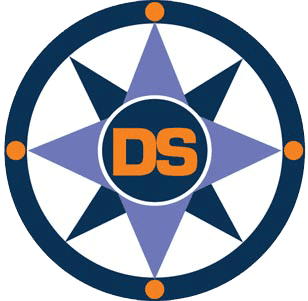
Building Data Teams
Cultivating collaboration and efficacy
The amount of data can be overwhelming. So, we help educators work together to bring key data into focus. Clear, meaningful data, looked at in teams, helps ensure that what is taught is actually learned and what is essential is prioritized.
“There is nothing more fulfilling than that ‘ah-ha’ moment when a team arrives at a new truth that challenges their initial hypothesis.”
— Karen Matso, Director of Professional Development
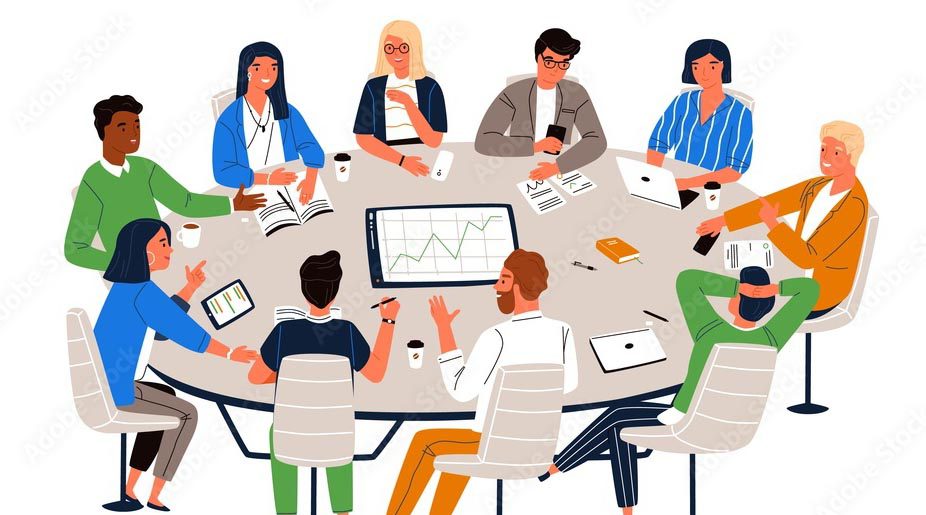
Creating Professional Learning Communities
Maximizes data, so teachers can quickly gain a picture of student learning, identify gaps in that learning, and strategize about how to address them.
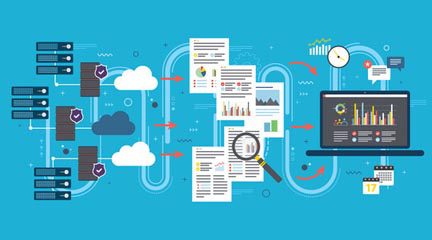
Designing Data Displays
Organizes data visually, so teams can understand the data and gain the most useful information within the limited time educators have in their day.
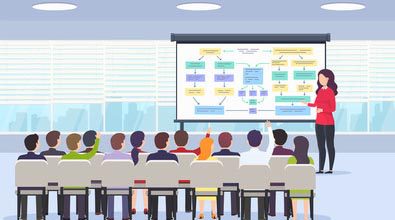
Articulating District Mission, Protocols, and Team Structures
Supports productive teamwork in the classroom or on the district level by establishing clear goals, processes, and structures.

Collecting and Leveraging Data to Support Equity
Enables fair and comprehensive data collection and analysis to ensure that all students have equitable access to educational opportunities.

Developing Balanced Assessments
Focusing on essential data
Developing Balanced Assessments
Focusing on essential data


Designing Local Common Assessments enables educators to more effectively monitor student progress and assess student learning using classroom formative to performance assessments.


Interested in Learning More? Drop us a line.
